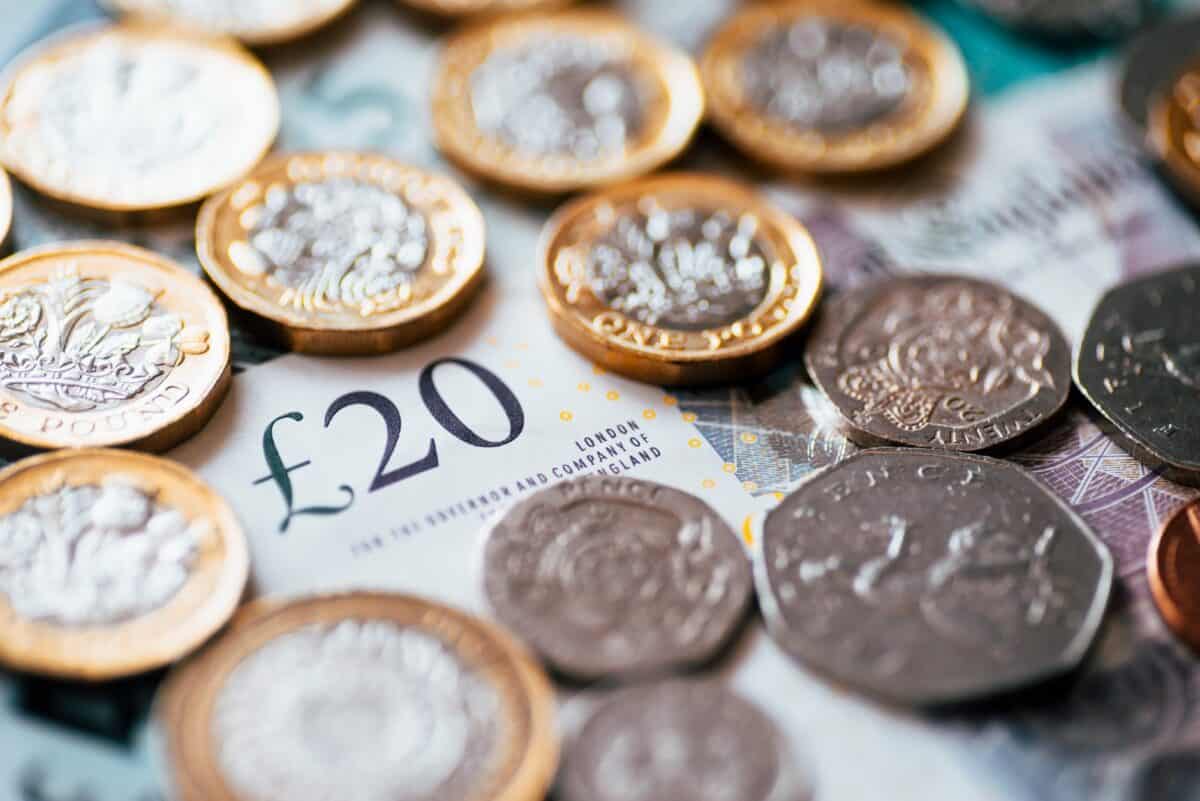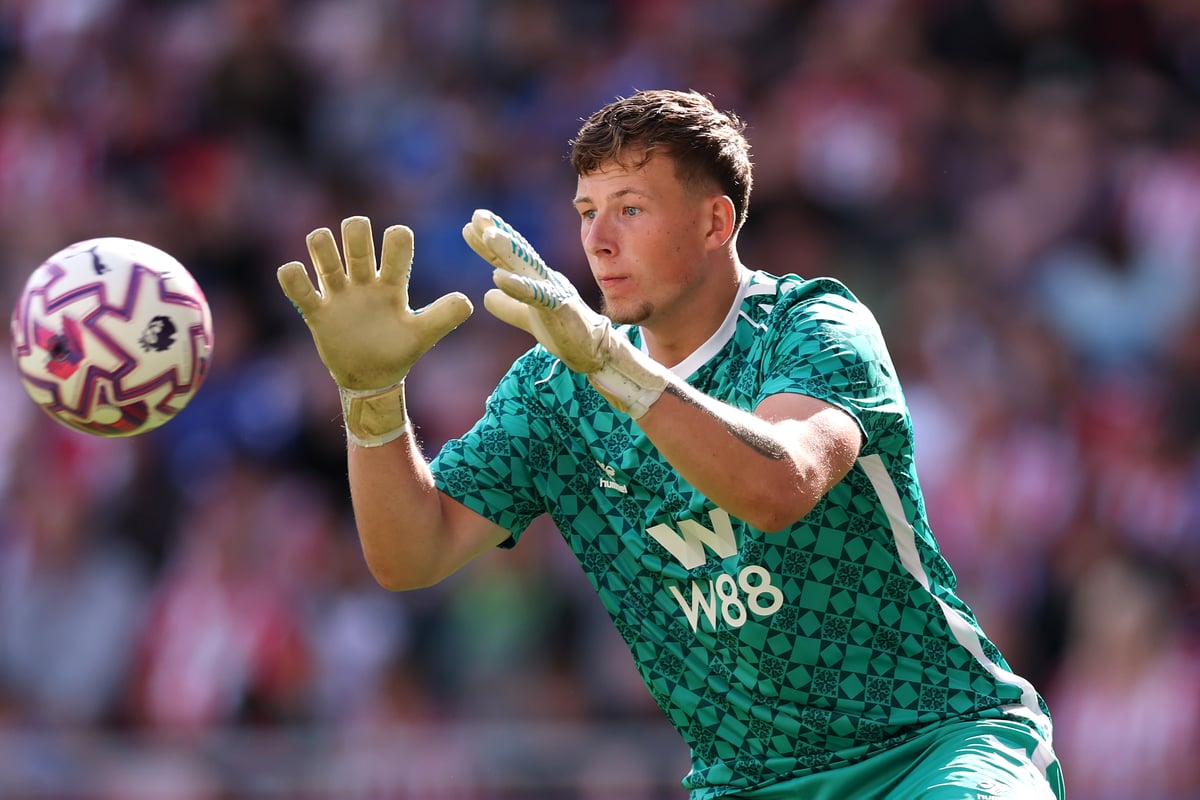UPDATE: BP’s share price has skyrocketed by 122% since November 2020, providing significant returns for investors. As the British energy giant shifts back towards fossil fuels, shareholders are now enjoying a remarkable dividend yield of 5.6%, making it an appealing option for income investors.
Since 2020, the passive income generated by BP has been impressive. An initial investment of £1,000 would have purchased around 508 shares, yielding a total passive income of $671.73 (approximately £506.83) without reinvesting dividends. Notably, BP pays dividends in US dollars, benefiting international investors.
Here’s how the dividends have developed:
Year | Dividend Per Share (¢)
2020 (Q4) – 5.25
2021 – 21.42
2022 – 22.94
2023 – 27.76
2024 – 30.54
2025 (Nine Months) – 24.32
Achieving close to a 50% return on investment through dividends alone over five years is remarkable. However, the pressing question is whether BP can replicate this success moving forward.
Officials have made it clear that dividends and share buybacks are central to BP’s capital allocation strategy. The company is divesting underperforming assets to raise capital and reduce debts, aiming for $5 billion in annualized savings by 2027. Analysts project a 20% annual growth rate in free cash flow over the next two years, suggesting that BP could remain a reliable source of passive income.
Forecasts for dividends per share are as follows:
Year | Dividend Per Share Forecast (¢)
2025 (Q4) – 8.32
2026 – 34.94
2027 – 37.66
2028 – 40.56
2029 – 43.70
If these projections hold, a £1,000 investment today, now fetching around 230 shares, could generate a passive income of $379.91 (approximately £286.53). While not as substantial as past returns, it still represents a significant income opportunity.
Despite the encouraging forecast, potential investors should weigh the risks. BP’s aggressive focus on renewables has historically placed it behind competitors. Although management has shifted strategies back to fossil fuels, this approach carries execution risks and increases exposure to volatile oil and gas prices.
If global economic conditions weaken or OPEC+ ramps up production, BP could face profit declines, adversely affecting dividends. The bottom line is that while BP’s operational performance is improving, it still trades at a modest forward price-to-earnings ratio of 12.3, suggesting a fair value considering the uncertainties surrounding its renewable energy transition.
In conclusion, while BP shows promise for continued passive income, investors should carefully consider the potential volatility in the energy market. As the energy sector evolves, there may be better income opportunities available.
Stay tuned for further updates as this situation develops. Will BP continue to deliver for its investors? Only time will tell.







